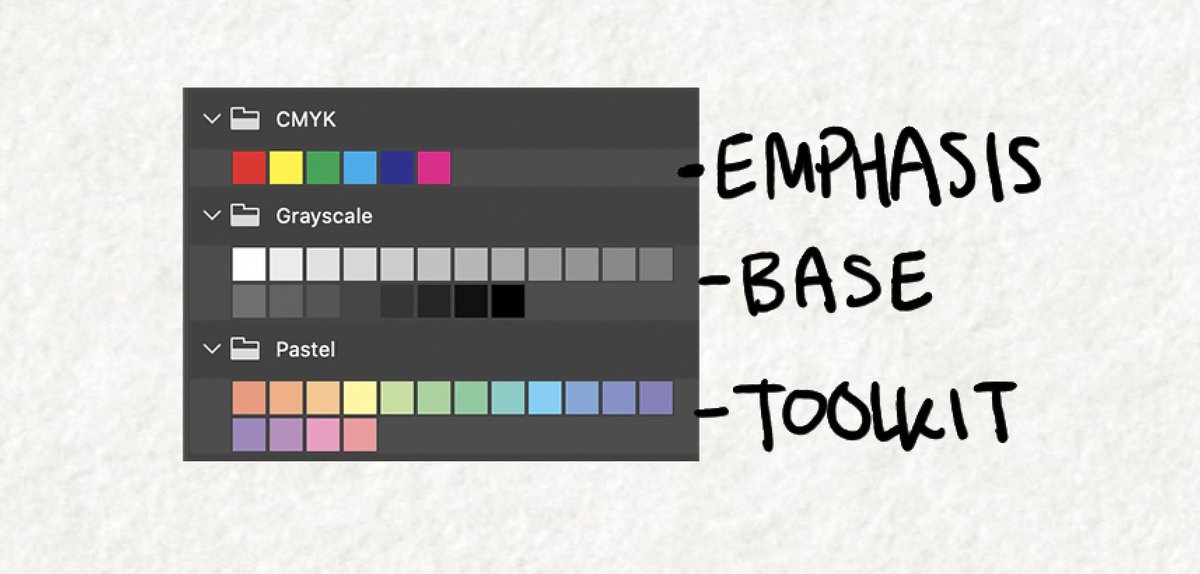
Thanks for being brave and helping us learn @AryaCampaigns! Here's my redesign!
Your focus is ACCESS. Currently that is buried and obscured. Suggest a #stackedbarchart #infographic to show your avg access, then break down by low and high health literate.
cont...
Your focus is ACCESS. Currently that is buried and obscured. Suggest a #stackedbarchart #infographic to show your avg access, then break down by low and high health literate.
cont...
https://twitter.com/AryaCampaigns/status/1422943890982719490

honestly, in this case, your graphics are fighting your message, and I'd just get down to clearly showing your data. I'd also rather have labels than icons here, because I'm struggling to understand exactly what some of the icons are.
cont...
cont...
Possible to bring some images back in what I've labled demographics, but you may want to ask yourself what those are doing to help your message. Some of the side info could be cut.
Also, you may want to change your title to your findings and recommendation. "The case for eHealth..." or something.
Hope this is helpful in your #scicomm!
Hope this is helpful in your #scicomm!
Note: bars not to scale (rough). When sketching out infographics, you can do so with pencil or rough estimates. Don't worries of being precise get in the way of #design at this stage!
Further note...
This could be made more visually interesting by using principals of design. Color, size hierarchy, space and layout.
But the first thing to consider in #infographics is if your main messages are clear.
What is working, what is not, what can be cut.
This could be made more visually interesting by using principals of design. Color, size hierarchy, space and layout.
But the first thing to consider in #infographics is if your main messages are clear.
What is working, what is not, what can be cut.
• • •
Missing some Tweet in this thread? You can try to
force a refresh






